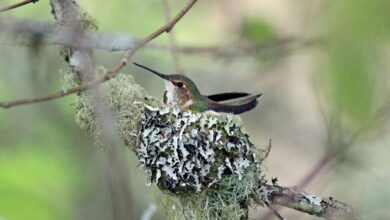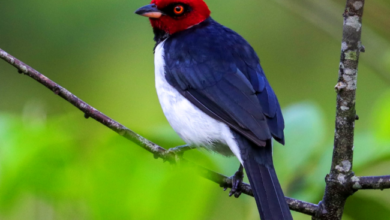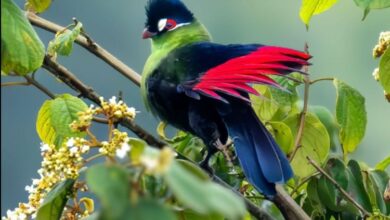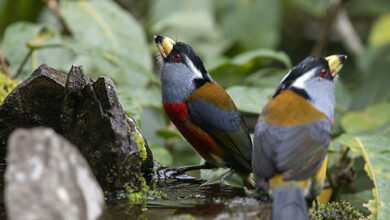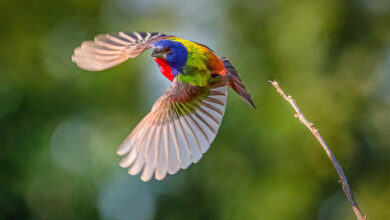Embark on a journey to uncover and photograph the majestic beauty of the American White Pelican
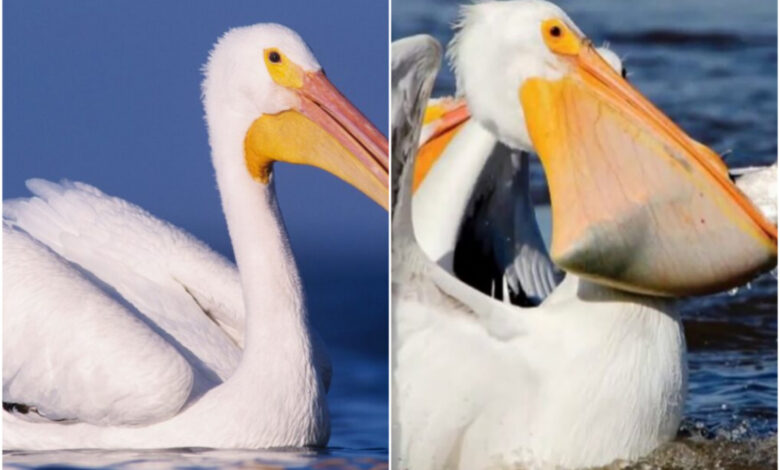
The American white pelican (Pelecanus erythrorhynchos) is a large, soaring aquatic bird of the order Pelecaniformes. It breeds in the interior of North America and moves southwards and along the coast as far as Costa Rica in winter.
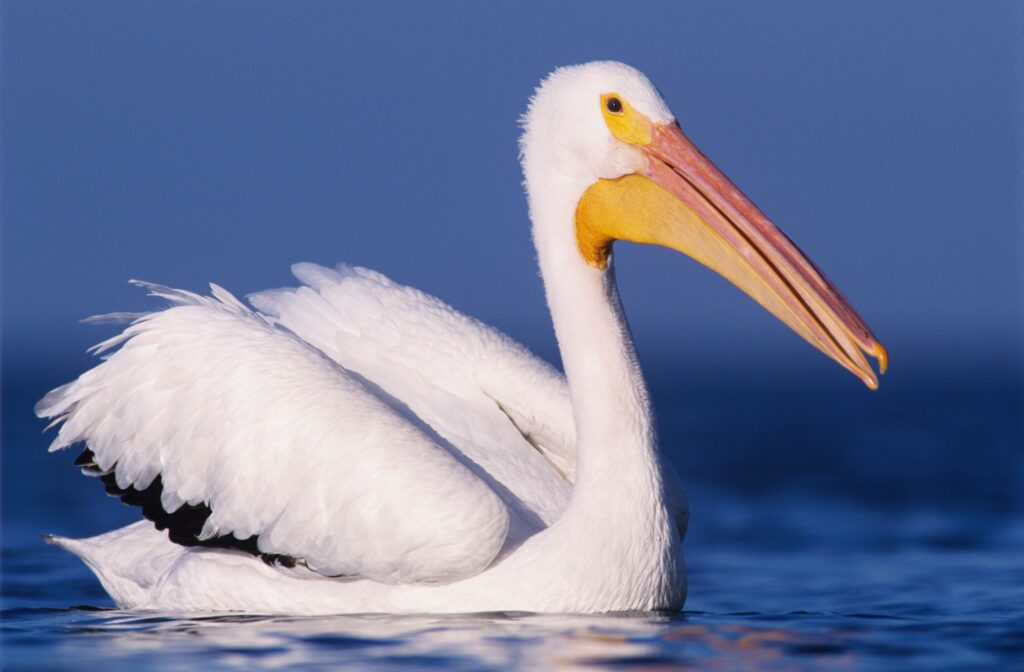
Description: The white pelican rivals the trumpeter swan, whose overall length is similar, as one of the longest birds native to North America. Very large and plump, it has a total length of around 130-180 cm, thanks to its enormous beak, which measures 290-390 mm in the male and 260-360 mm in the female. The species also has the second largest average wingspan of any North American bird, after the California condor.
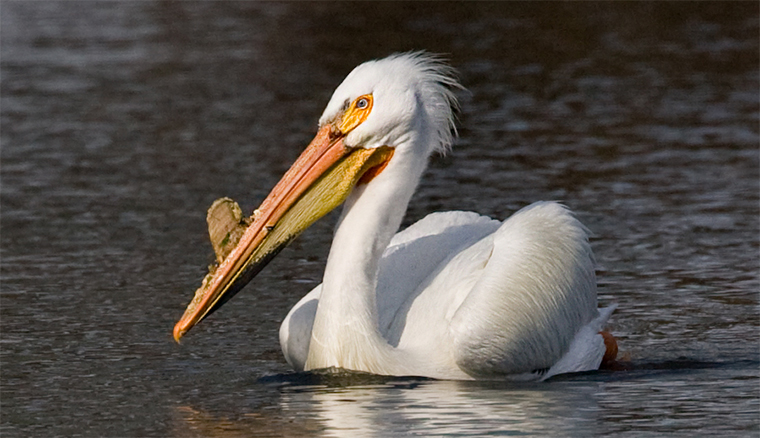
This large wingspan enables the bird to glide easily for migration. Body weight can vary between 7.7 and 30 lb (3.5 and 13.6 kg), although the average weight of these birds is between 11 and 20 lb (5.0 and 9.1 kg), with an average body mass of 15.4 lb (7.0 kg) reported.Another study showed that average weights were somewhat lower than expected, with eleven males averaging 13.Among standard measurements, the wing chord measures 20-26.7 in (51-68 cm) and the tarsus is 3.9-5.4 in (9.9-13.7 cm) long.
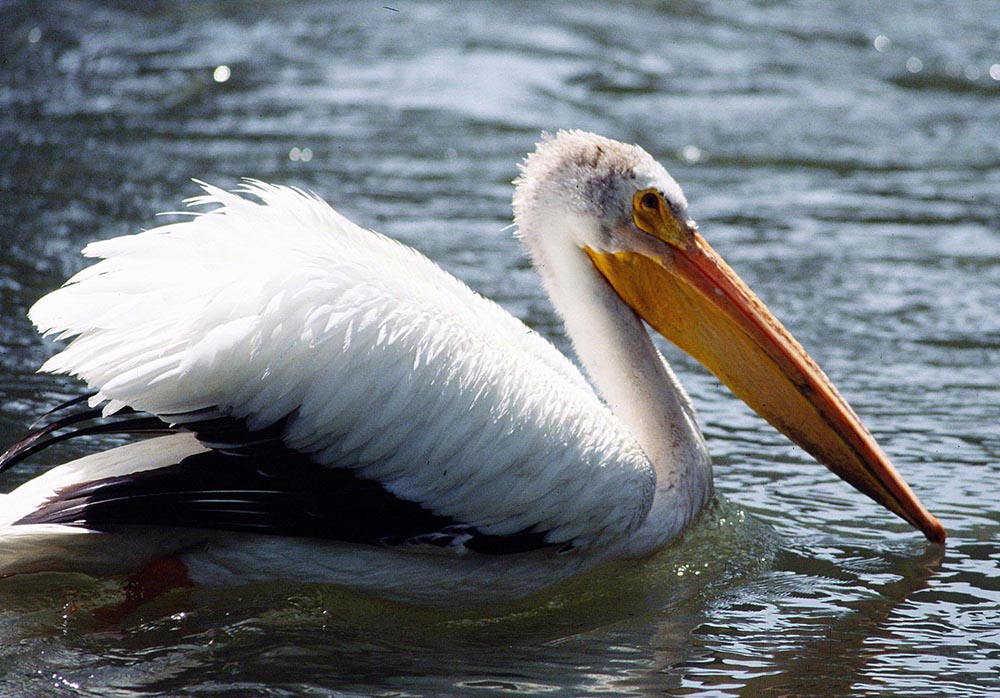
Distribution and ecology: American White Pelicans nest in colonies of several hundred pairs on islands in remote brackish and freshwater lakes in the interior of North America. The most northerly nesting colony is on islands in the rapids of the Slave River, between Fort Fitzgerald (Alberta) and Fort Smith (Northwest Territories). Since 2015, several groups have been visiting the Useless Bay Bird Sanctuary in Washington State. Around 10-20% of the population use Gunnison Island in the Great Salt Lake of the Great Basin as a nesting site. The southernmost colonies are in southwestern Ontario and northeastern California, with nesting colonies as far south as Albany County in Wyoming.
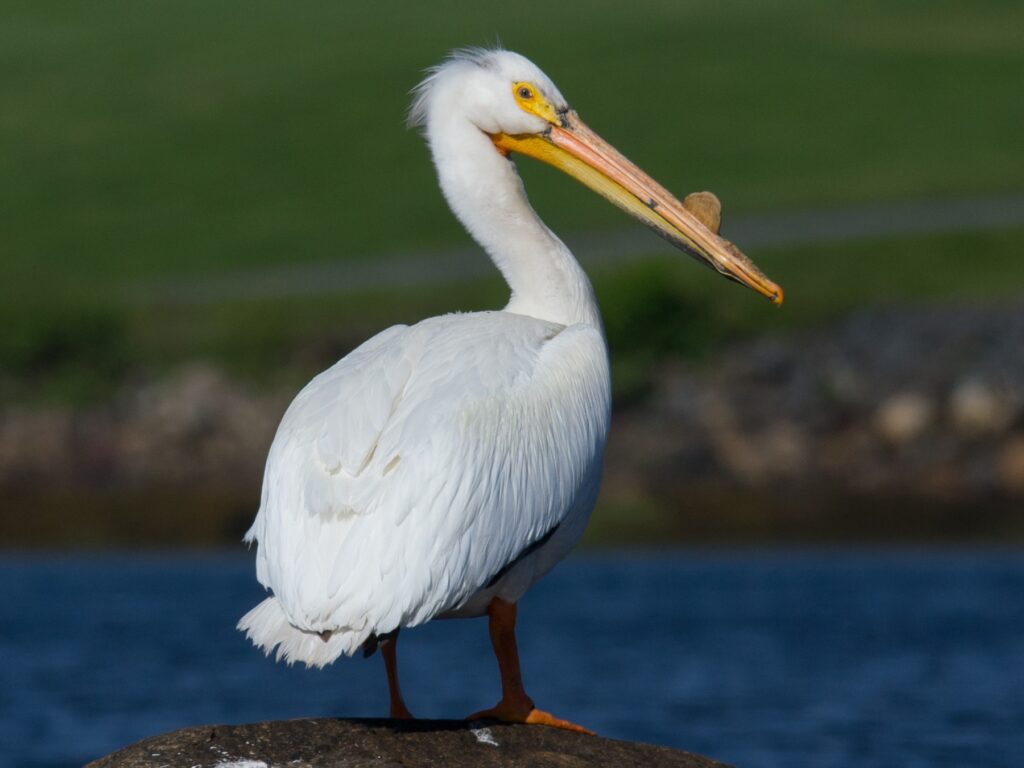
Food and feeding: Unlike the Brown Pelican (P. occidentalis), the American White Pelican does not dive for food. It catches its prey by swimming. Fish caught by pelicans can be the size of a minnow or a 3.5-pound walleye. Typical prey are cypriniforms such as common carp (Cyprinus carpio), Lahontan shiner (Gila bicolor obesa), minnow and silver shiner. Perciformes such as Sacramento perch (Archoplites interruptus) or yellow perch (Perca flavescens), salmoniforms such as rainbow trout (Oncorhynchus mykiss) and salmon, siluriforms (catfish) and catfish.Other animals eaten by these birds include crayfish, amphibians and sometimes salamander larvae. Birds nesting on salt lakes, where food is scarce, travel great distances to find better feeding grounds.
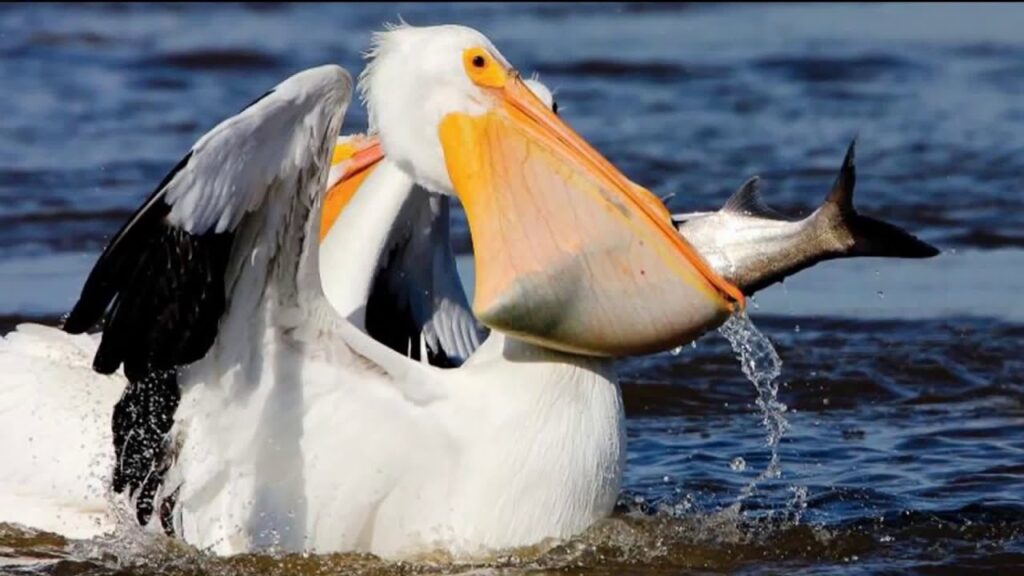
American white pelicans like to gather in groups of a dozen or more birds to feed, as they can cooperate and attract fish to each other. When this isn’t possible – in deep water, for example, where fish can escape by diving out of reach – they prefer to feed alone. But birds also sometimes steal food from other birds, a practice known as kleptoparasitism. White pelicans have been known to steal fish from other pelicans, gulls and cormorants on the surface of the water and, in one case, from a great blue heron while the two large birds were in flight.
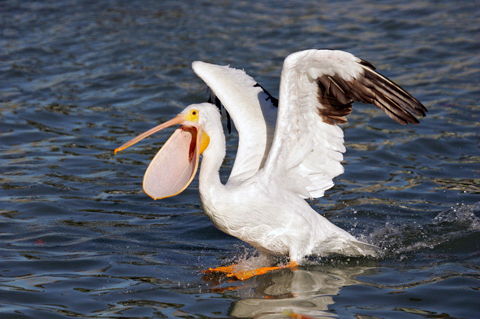
This species is protected by the Migratory Bird Treaty Act of 1918. It is protected by the California Department of Fish and Game as a California species of special concern (CSC). Habitat loss is the main known cause of nest failure, with flooding and drought being recurrent problems. Human-related losses include entanglement in fishing gear, boat disturbance and poaching, as well as further habitat degradation.
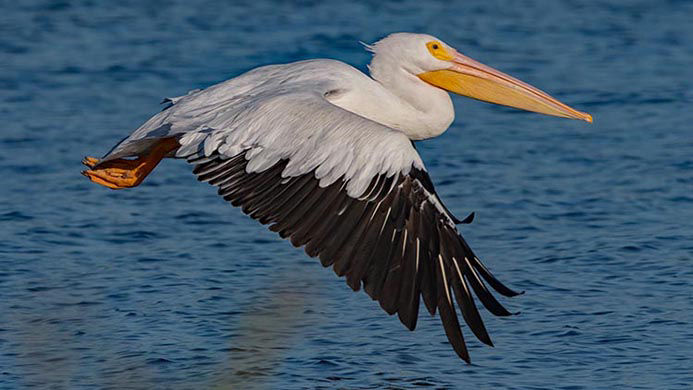
Video :
